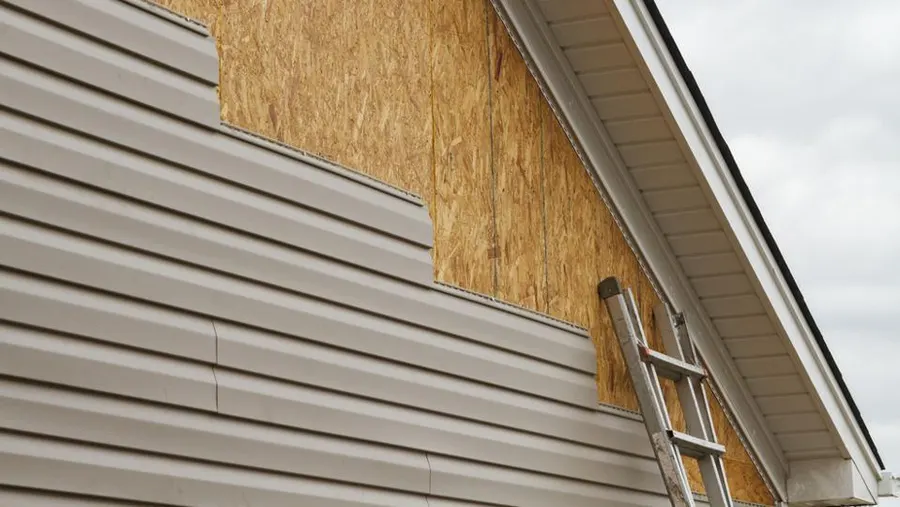A home’s exterior is not just a protective shell; it’s a canvas that showcases your personal style and safeguards your investment. Aluminum has long been a popular choice among homeowners when selecting the suitable siding material. As we step into 2023, the allure of aluminum siding continues to captivate homeowners looking for a combination of durability, aesthetics, and ease of maintenance. This comprehensive guide will delve into aluminum siding cost in 2023.
Whether planning a renovation, constructing a new home, or simply curious about the expenses associated with aluminum siding, you’ve come to the right place. We will break down the factors influencing aluminum siding costs, provide insights into average expenses, and offer valuable tips for budget-conscious homeowners. By the end of this article, you’ll clearly understand what to expect when investing in aluminum siding in 2023, ensuring your home remains beautiful and protected for years to come.
Let’s embark on this journey to unravel the aluminum siding cost landscape in 2023, helping you make informed decisions and turn your home into a masterpiece of both form and function.
Why Choose Aluminum Siding?
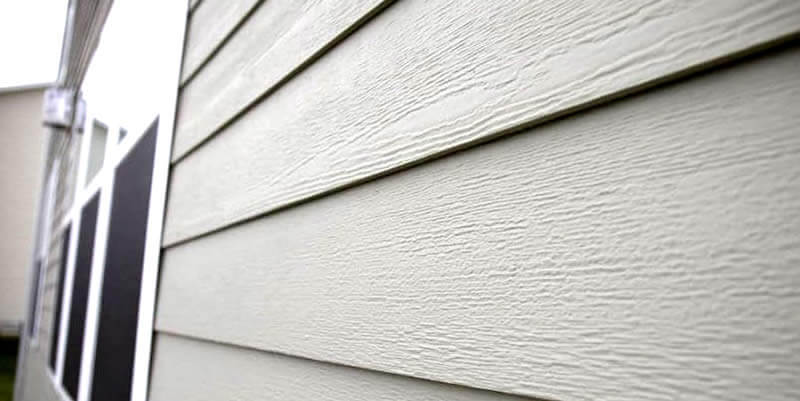
When it comes to cladding your home’s exterior, selecting the right siding material is crucial. Aluminum siding has been a popular choice among homeowners for several reasons, and in 2023, its appeal remains as strong as ever. Here are compelling reasons why you might consider aluminum siding for your home:
- Durability: Aluminum is widely recognized for its remarkable durability, capable of withstanding challenging weather conditions such as heavy rainfall, extreme temperatures, and snow, all without succumbing to warping, cracking, or rot.
- Low Maintenance: Unlike other siding materials requiring frequent painting or sealing, aluminum siding is virtually maintenance-free. It doesn’t need repainting, and simple cleaning with soap and water can keep it looking fresh and vibrant.
- Aesthetic Versatility: Aluminum siding comes in various styles, profiles, and colors. Whether you prefer a traditional, classic look or a more modern and sleek appearance, there’s an aluminum siding option to match your design preferences.
- Energy Efficiency: Many aluminum siding products offer energy-efficient features, such as insulation backings, which can help improve your home’s thermal performance. This can lead to energy cost savings over time.
- Fire Resistance: Being non-combustible, aluminum proves to be a superb selection for regions susceptible to wildfires or fire risks, providing an additional layer of safeguarding for your home.
- Environmentally Friendly: Aluminum is a recyclable metal, and many aluminum siding products are made from recycled content. Choosing aluminum siding can align with your sustainability goals.
- Longevity: With proper aluminum installation and maintenance, this siding can last several decades, providing excellent long-term value for your investment.
- Resistance to Insects and Pests: Aluminum siding is unattractive to insects or pests that can damage other siding materials, such as wood.
- Weather Resistance: It can withstand wind and rain without becoming damaged or deformed, making it a suitable choice for coastal areas or regions with frequent storms.
- Home Value: Installing aluminum siding can increase your home’s curb appeal and overall value. It’s an attractive option for potential buyers, making your property more marketable.
Factors Affecting Aluminum Siding Costs
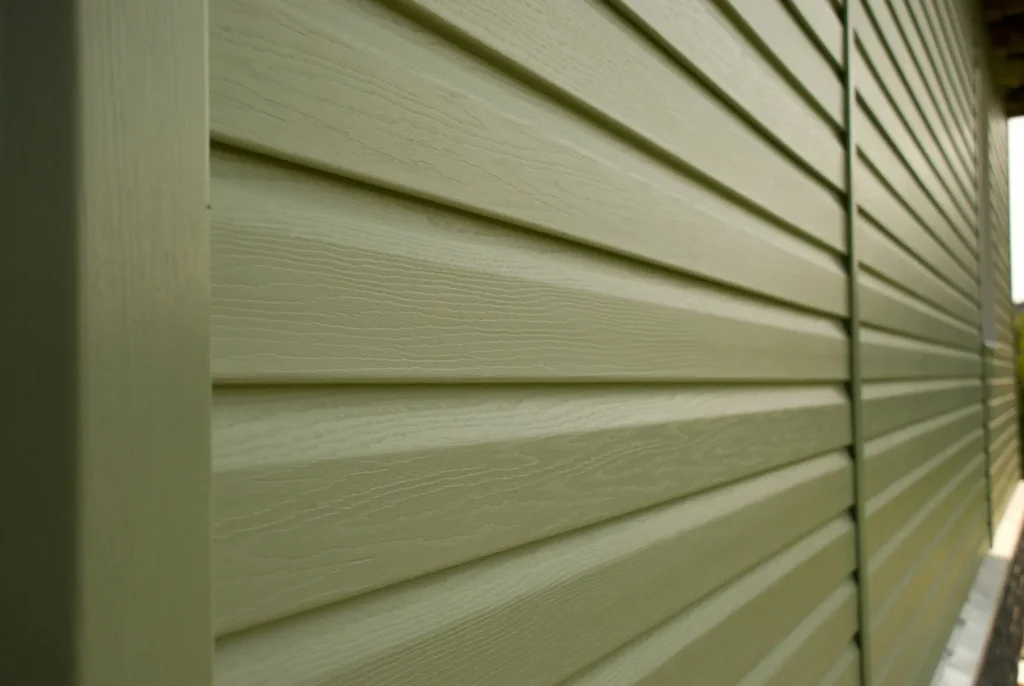
Several key factors come into play when estimating the cost of aluminum siding for your home in 2023. Here are the factors that influence aluminum siding costs:
Siding Material Quality:
Standard vs. Premium Grade: The quality of the aluminum siding material can significantly impact the cost. Premium-grade aluminum siding often comes with added features such as improved durability, insulation, and advanced finishes.
Siding Style and Profile:
Traditional vs. Contemporary: The style and profile of your siding panels will affect the overall cost. For example, traditional horizontal siding may be less expensive than more intricate and modern profiles, such as vertical or board-and-batten.
Aluminum Siding Thickness:
Thickness Options: Aluminum siding is available in various thicknesses. Thicker siding panels are typically more durable and can provide better insulation, but these aluminum sidings also tend to cost more per square foot compared to thinner options.
Siding Finish and Color:
Finish Options: The finish you select, whether it’s a matte, gloss, or textured finish, can impact the cost. Some finishes require more complex manufacturing processes, which can result in higher prices.
Custom Colors: Opting for custom colors or special finishes may add extra costs to your aluminum siding project.
Siding Installation Complexity:
Architectural Features: The complexity of your home’s architecture, including corners, eaves, and other architectural details, can influence the installation cost. More complex installations may require additional time and labor, increasing prices.
Removal of Existing Siding: If you’re replacing old siding, the cost will include removing and disposing of the existing material, which can add to the overall project cost.
Geographic Location:
Regional Pricing Variations: The cost of materials and labor can vary significantly based on your geographic location. Higher demand, labour rates, and local market conditions can all affect the final cost of your aluminum siding project.
Climate Considerations: Homes in areas with extreme weather conditions may require additional insulation or protective measures, which can increase costs.
Aluminum Siding Cost Breakdown
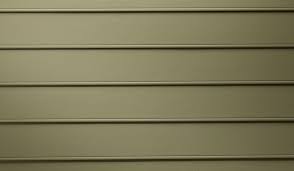
Material Costs:
- Aluminum Siding Panels: The primary cost is the aluminum siding material itself. Aluminum siding cost can vary based on quality, thickness, finish, and style. On average, you can expect to pay between $3 and $7 per square foot for aluminum siding material.
- Trim and Accessories: In addition to the siding panels, you’ll need trim pieces, corner posts, soffit, fascia, and other accessories to complete the installation.These trim components are usually priced individually, and their inclusion can augment your project’s expenses by several hundred to several thousand dollars, contingent upon the extent of the installation.
- Insulation: While not always necessary, adding insulation under the siding can improve energy efficiency and thermal performance. Insulation costs vary depending on the type and thickness but can range from $0.50 to $2 per square foot.
Labor Costs:
- Installation Labor: Labor costs are a significant portion of the total project cost. Labor rates vary by location and complexity of the installation but generally range from $2 to $5 per square foot. Factors that can affect labor costs include the size of your home, its architectural complexity, and any prep work needed, such as removing old siding.
Additional Costs:
- Removal and Disposal: If you’re replacing existing siding, you’ll need to factor in the cost of removing and disposing of the old material. Removal costs can range from $1 to $2 per square foot.
- Additional Repairs: If there is damage to the underlying structure or if you discover issues during the installation process, you may need to budget for additional repair costs.
- Painting or Sealing: While aluminum siding is low-maintenance, some homeowners paint or seal it for added protection and aesthetics. These additional finishes will incur extra aluminum siding costs.
- Permits and Inspection Fees: Depending on your local regulations, you may need licenses for exterior aluminum siding installation, which can add to the overall project cost.
Total Project Cost:
The overall expense of an aluminum siding installation can fluctuate significantly, as mentioned earlier, due to the factors discussed above.
On average, homeowners expect to pay between $6,000 and $15,000 for a standard-sized home in 2023. However, larger homes or those with complex architectural features may incur higher aluminum siding costs.
For a precise estimate tailored to your particular project, it is advisable to seek quotations from trustworthy siding contractors operating in your local vicinity.
They can provide a detailed breakdown of costs tailored to your home’s unique requirements, ensuring that you clearly understand the total investment needed for your aluminum siding project in 2023.
Aluminum Siding Cost Savings Tips
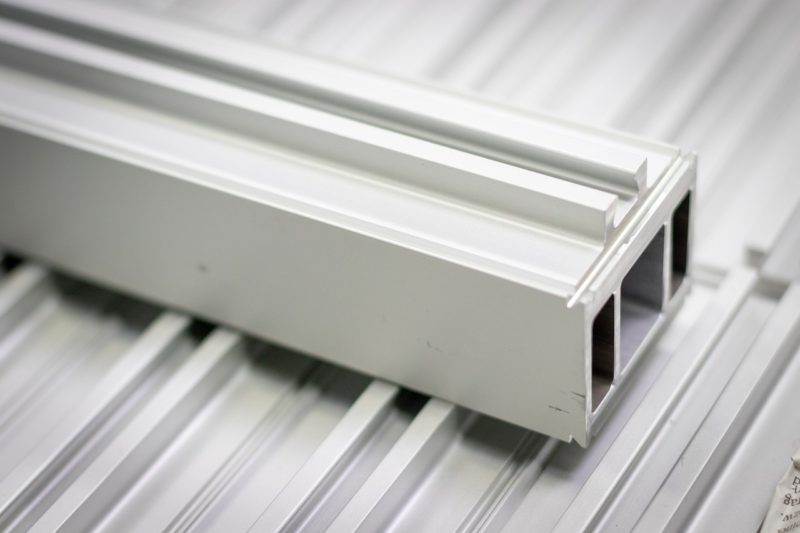
Opt for Standard Materials:
While premium-grade aluminum siding may offer additional features and benefits, opting for standard-quality materials can significantly reduce the overall aluminum siding costs. Consider your specific needs and whether premium features are necessary for your home.
Choose a Simple Siding Style:
The complexity of the siding style and profile can affect aluminum siding installation costs. Simple, traditional horizontal siding is often more budget-friendly compared to more intricate or modern profiles.
DIY Preparation:
If you’re comfortable with DIY work, consider preparing your home for siding installation. This may include removing old siding, clearing debris, and addressing any minor repairs. You can save on labor costs by doing some prep work yourself.
Opt for Mid-Range Insulation:
Insulation can improve energy efficiency and reduce long-term heating and cooling costs. While premium insulation options are available, choosing a mid-range option that meets energy efficiency standards can provide savings without breaking the bank.
Bundle Multiple Home Improvement Projects:
If you have other home improvement projects in mind, such as roof replacement or window installation, consider bundling them together with your siding project. Contractors often offer discounts for combined projects.
Timing Matters:
Siding contractors may have seasonal fluctuations in demand. Consider scheduling your installation during the offseason or when demand is lower, as contractors may offer more competitive pricing.
Negotiate and Ask for Discounts:
Don’t hesitate to negotiate with contractors. Ask if there are any ongoing promotions, discounts for upfront payments, or bundle deals that can reduce costs.
DIY Painting or Sealing:
If you have DIY skills, consider painting or sealing your aluminum siding. This can save on labor costs associated with finishing touches.

